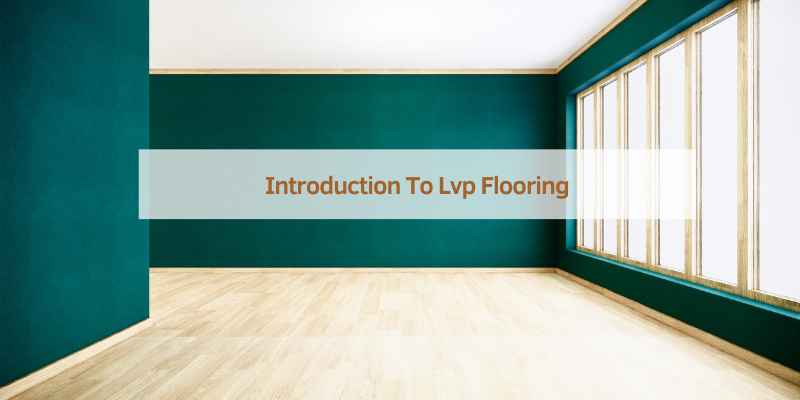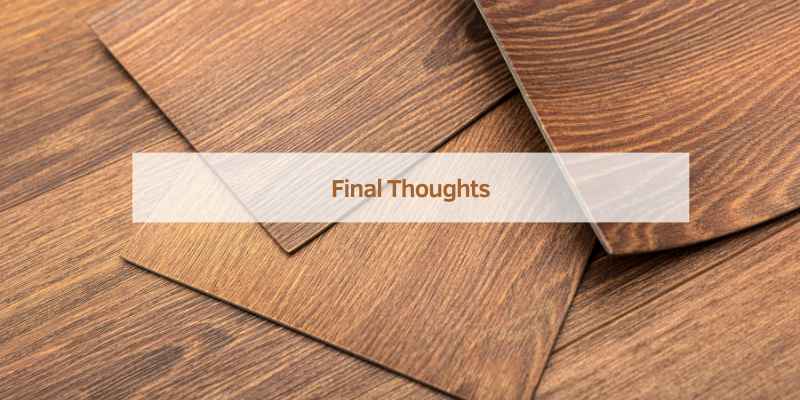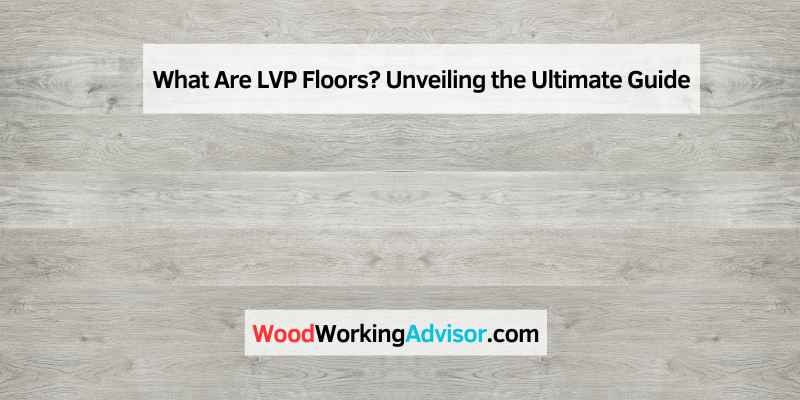LVP floors, or Luxury Vinyl Plank floors, mimic hardwood flooring but are more durable and water-resistant. They are popular for their affordability and ease of maintenance.
LVP floors have revolutionized modern home flooring. They combine aesthetic appeal with practical benefits, making them a top choice for homeowners. These floors come in various styles and textures, closely resembling natural wood. Installation is straightforward, often using a click-and-lock system, which suits DIY enthusiasts.
LVP floors are also highly resilient, standing up to heavy foot traffic and spills. Their water-resistant properties make them ideal for kitchens, bathrooms, and basements. Additionally, they are easy to clean and maintain, requiring only regular sweeping and occasional mopping. This makes LVP a versatile and cost-effective flooring solution.
Introduction To Lvp Flooring
Luxury Vinyl Plank (LVP) flooring is growing in popularity. Homeowners love its look and durability. LVP flooring mimics real wood but costs less. It is also easier to maintain. Many people are choosing LVP for their homes.
LVP flooring has become a top choice in recent years. Its realistic wood appearance attracts many. LVP is water-resistant and great for kitchens and bathrooms. It can handle high traffic areas without damage. Easy installation makes it a favorite for DIY projects.
LVP is durable and resistant to scratches. It is also stain-resistant and simple to clean. LVP is available in many styles and colors. It is also more affordable than hardwood. Comfort underfoot is another great feature of LVP. It provides a warm feeling in any room.

Materials And Construction
Luxury Vinyl Plank (LVP) is a popular flooring choice. It is made from several layers. These layers provide durability and style. The core layer is the most important. It is usually made of PVC. This gives the floor its strength and stability.
Each LVP floor has a wear layer. This layer protects against scratches and dents. The thicker this layer, the more durable the floor. Below the wear layer, there is a design layer. This layer gives the floor its look. It can mimic wood, stone, or tile.
The backing layer provides balance and support. This layer also helps with installation. It can reduce noise and add comfort underfoot. Together, these layers make LVP floors a great choice.
Design And Aesthetic Options
Lvp floors come in many colors. They can be light or dark. Some floors look like wood, and some look like stone. There are also many textures. The floors can be smooth or rough. Some floors even feel like real wood. This makes them look very real. You can find the perfect floor for your home.
Lvp floors can have many patterns. They can look like real wood planks. Some floors look like stone tiles. The patterns are very realistic. Lvp floors can also look like marble. This gives your home a fancy look. The imitation is so good that it is hard to tell the difference. Everyone will think it is real.
Durability And Longevity
LVP floors have a strong wear layer. This layer protects from scratches and dents. The wear layer is thick and tough. It keeps the floor looking new for years. Pet owners love LVP floors for this reason.
LVP floors last longer than many other types of floors. They can last up to 25 years. Hardwood floors need more care. Carpet wears out faster. Tile can crack over time. LVP floors are a smart choice for long-term use.
Installation Process
Installing LVP floors requires specific tools. You will need a tape measure, utility knife, and straight edge. A rubber mallet helps to fit the planks snugly. Use spacers to maintain gaps for expansion. Safety gear like gloves and goggles is essential.
Start by cleaning the subfloor. Make sure it is dry and level. Lay down an underlayment if needed. Begin placing the planks from one corner. Ensure each plank clicks into place. Trim the last plank to fit. Repeat this process for each row.
DIY installation saves money. It also gives a sense of accomplishment. However, it can be time-consuming. Mistakes may lead to extra costs.
Professional installation ensures a perfect finish. Experts have the right tools and experience. This option is quicker and hassle-free. It may be more expensive but offers peace of mind.
Maintenance And Care
Use a soft broom or vacuum for regular cleaning. This keeps the floor free of dirt and grime. Avoid using harsh chemicals as they can damage the floor. Instead, use a damp mop with a mild cleaner. Never soak the floor with water. Excess water can seep into the seams and cause damage. Wipe up spills immediately to prevent staining. Place rugs or mats in high-traffic areas to protect the floor.
Minor scratches can be fixed with a vinyl repair kit. For deeper scratches, consider using a patch or plank replacement. First, remove the damaged plank carefully without harming the surrounding area. Then, install a new plank in its place. Make sure the new plank matches the existing floor pattern and color. It’s often helpful to keep extra planks during initial installation for future repairs.
Cost Analysis
LVP floors are usually cheaper than hardwood floors. They cost less than natural stone floors too. LVP costs around $2 to $7 per square foot. Hardwood can cost $6 to $15 per square foot. Natural stone costs even more, about $15 to $30 per square foot. LVP is a budget-friendly option. It is great for homes and offices.
The total cost of ownership includes installation and maintenance. LVP floors are easy to install. They have lower installation costs. Maintenance is also cheap. You just need to clean them regularly. No need for special treatments. This makes LVP floors an economical choice over time.
Environmental Impact And Sustainability
Luxury Vinyl Plank (LVP) floors are known for their eco-friendly features. They often use recycled materials in their production. This helps in reducing waste. LVP floors also have a longer lifespan, which means less frequent replacements. This contributes to less waste over time.
Proper disposal of LVP floors is crucial. Many LVP floors are recyclable. Always check with local recycling programs for guidelines. Improper disposal can harm the environment. Recycling LVP floors helps in conserving resources and reducing landfill waste.
Common Misconceptions
Many people think LVP floors look cheap. This is not true. LVP floors can look very high-end. They come in many styles and colors. Some even look like real wood or stone.
LVP floors are often thought to be weak. In reality, they are very strong. They can resist scratches and dents. They are also waterproof, making them great for kitchens and bathrooms.
Some believe LVP floors are hard to install. This is another myth. Many LVP floors come with a simple click-lock system. You can install them over many types of existing floors.
LVP floors are very durable. They can last for many years. They can handle heavy foot traffic. They are also easy to clean and maintain.
These floors are comfortable underfoot. They often have a soft underlayer. This makes them gentle on your feet and joints.
LVP floors are cost-effective. They offer great value for the price. You get the look of real wood or stone without the high cost.
Final Thoughts
LVP floors, known for their durability and style, offer an affordable alternative to hardwood. These floors are easy to install and maintain, making them a popular choice for modern homes.
Is Lvp Right For Your Space?
LVP floors are very durable. They can handle heavy foot traffic. They are also easy to clean. Spills and stains are not a problem. LVP floors come in many styles. You can find a look that fits your taste. They are also more affordable than hardwood floors. Installing LVP floors is not hard. Many people can do it themselves.
But, there are some downsides. LVP floors can feel cold underfoot. They may also fade in direct sunlight. Pets with sharp nails can scratch them. Overall, LVP floors are a great choice for many homes.
Future Trends In Lvp Flooring
There are many exciting trends in LVP flooring. More eco-friendly options are becoming available. These are good for the environment. New designs are also coming out. They look even more like real wood or stone. Smart technology is another trend. Some floors can now connect to your home devices. This makes cleaning and maintenance easier.
Thicker and more durable LVP floors are being made. This means they will last even longer. There are also more color choices. You can find bright and bold colors now. These trends make LVP floors even better for your home.

Frequently Asked Questions
What Is The Downside Of Lvp Flooring?
LVP flooring can be prone to scratches and dents. It may also fade under direct sunlight. Moisture can cause warping.
Is Lvp Better Than Laminate?
LVP is more durable and water-resistant than laminate. It also mimics hardwood better, making it a popular choice.
Is Lvp Flooring Better Than Hardwood?
LVP flooring is more durable and water-resistant than hardwood. It’s also easier to maintain and more cost-effective.
What Is The Difference Between Lvp And Vinyl Flooring?
LVP (Luxury Vinyl Plank) mimics hardwood, offering more durability and water resistance. Vinyl flooring includes sheets and tiles, often less realistic.
Conclusion
LVP floors offer durability, style, and easy maintenance. They are a versatile choice for any home. With various designs available, LVP floors can match any decor. Choose LVP flooring for a cost-effective and stylish solution. It’s a smart investment for both residential and commercial spaces.


